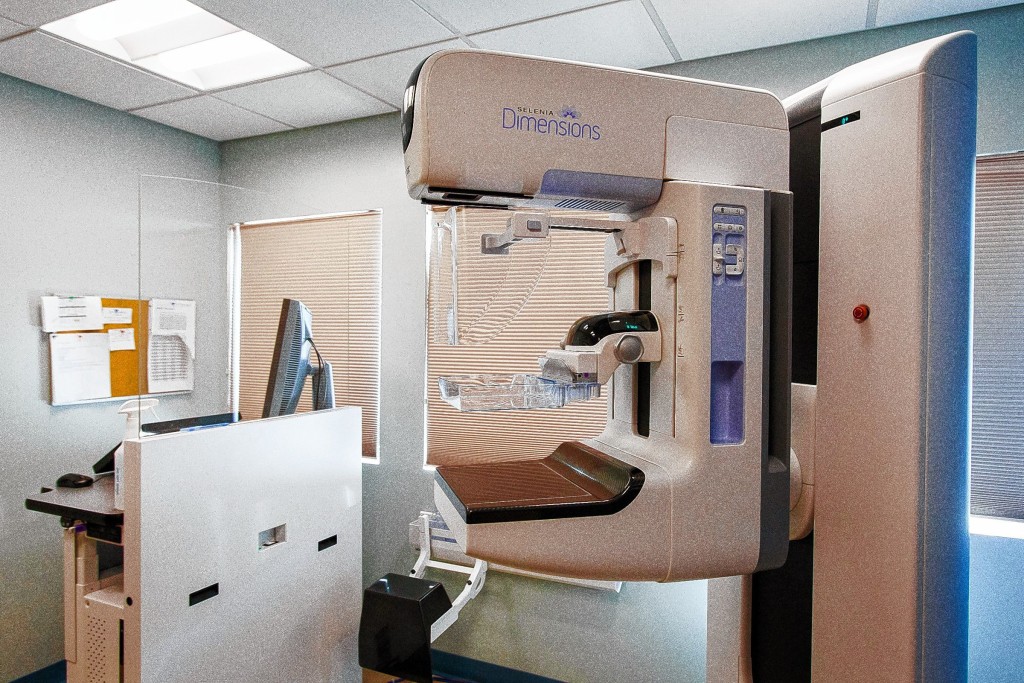Mammography is an effective procedure that can detect cancer in breast tissue years before physical symptoms develop. In recent years the technology utilized for mammography has improved vastly, leading to more definitive results.
3D Breast Imaging (Tomosynthesis) provides a more detailed view of the entire breast and has been shown to improve breast cancer detection rates, especially for invasive cancers in patients with dense breast tissue. Where 2D mammograms view the breast from top to bottom and side to side (sometimes resulting in overlap), tomosynthesis takes multiple views of breast tissue eliminating overlap and allowing analysis of the entire breast.
The benefits of tomosynthesis may include:
Earlier detection of small cancer that may not be visible with traditional mammography.
Greater accuracy in pinpointing the size, shape and location of abnormalities.
Fewer unnecessary biopsies or additional tests.
Greater likelihood of detecting multiple breast tumors.
Clearer images of dense breast tissue.
In keeping with their commitment to provide advanced medical imaging, Concord Imaging Center (CIC) implemented 3D Breast Imaging (tomosynthesis) last year. At CIC, 3D Breast Imaging is the “standard of care” for all mammography screenings. This highly-advanced breast imaging capability helps physicians/radiologists detect cancer earlier, which, of course, has profound advantages for patients.
Although tomosynthesis takes a series of images, the total radiation dose is typically equivalent to the dose in standard single-view mammography.
Decades of research proves that women who have regular mammograms are more likely to have their cancer found early, and are less likely to need aggressive treatment (like surgery to remove the entire breast, mastectomy and chemotherapy), and are more likely to be cured.
How often and at what age should women have regular mammograms depends on their individual health and risk factors. Learn about mammography guidelines at the American Cancer Society website at cancer.org/cancer/breastcancer/moreinformation/ breastcancerearlydetection/breast-cancer-early-detection-acs-recs.





















